Leonardo da Vinci is undoubtedly one of the best-known historical figures of all time. Over 500 years after his death, his artworks like the Mona Lisa and The Last Supper have become cultural icons, his notebooks continue to blow minds, and his life story has fueled countless novels, movies and documentaries.
But despite all this attention, there’s still a good chance that you’ve not heard of everything he did. (Well, I mean, he did do a lot, so that’s not surprising…). Today, that changes. These might not be his most impressive designs, but lucky for you, beauty is in the eye of the beholder, so they might just be.
First, though, who was Leonardo da Vinci, really?
Who da heck was da Vinci?
Leonardo da Vinci (1452-1519) wasn’t just a painter. He was a sculptor, an architect, a writer, an anatomist, a geologist, an astronomer, a botanist, an inventor, an engineer and a scientist. Nothing much. Just the typical Renaissance man. Who am I kidding? He could do everything. Very well too…
But could he make a MetMo Cube without wire EDM? Exactly.

While his artistic legacy is well-celebrated, Leonardo’s brilliance as an inventor was actually largely unappreciated during his lifetime. His notebooks reveal an intense curiosity for how things worked. There are quite literally thousands of pages of sketches, engineering concepts, prototypes and a whole lot more.
Some of his more famous mechanical ideas include flying machines, early helicopters and even military tanks. But if you dig a little deeper, you’ll find even more inventions that feel oddly modern, if not outright futuristic – at least in their thinking.
The curious cryptic
As if the jealousy isn’t sore enough, let’s add salt water.
He had no formal education. He was taught to read and write at home, and most of his knowledge came from observing the natural world around him.
He wrote in ‘mirror-script’ (i.e. backwards). His notebooks carry a sense of crypticness, making it harder for us mere mortals to understand. However, this was likely because he was left-handed, and he didn’t want to smudge his writing.
So, with relentless curiosity and remarkable flair, da Vinci laid the groundwork for countless breakthroughs still unfolding hundreds of years later.
Drawn to invention
While some of his most famous works hang in galleries, some of the more fascinating ideas lurk inside his sketchbooks. Let these six ideas, designs, concepts and inventions prove it.
Concept 1: Continuously Variable Transmission (CVT)
A CVT is a type of automatic transmission that provides smooth acceleration without ‘traditional’ gear shifts. They effectively use a system of pulleys to manage the torque (vs your typical gear). Today, they’re used in cars to improve fuel efficiency and reliability (removing human error/interference/nasty gear changes) and provide a smoother driver experience. But did you know the idea dates back to the 15th Century?
Some of da Vinci’s sketches from ~1490 show a gear system with no fixed steps that could vary torque output continuously – most likely for industrial machinery (not cars). So, OK, fine, he didn’t invent the transmission itself. But it certainly wouldn’t exist without his foundations.
Side note: check out this type of gear.
Concept 2: The blender
Rumour has it, da Vinci loved smoothies. Tropical apparently. And like the normal lot of us, he didn’t like bits in them. So he made a hand-cranked blender, pre-dating modern food processors by centuries to overcome*. Genius.
Drawn inside his notebooks but never realised, the blender was intended to mix or pulverise whatever went inside (like mangoes, carrots or ginger, maybe?…) using a rotating mechanism. Unfortunately, errors in da Vinci’s calculations – and the sheer size of the design – meant it was never built. Some mistook it for a weapon!
Still, it shows his fascination with domestic tools and mechanical convenience. And thirst for a bitless smoothie.
(He apparently designed another tool that could cut eggs with air pressure. But I don’t think that was to add to his drinks…)
*Smoothie desire and flavour preference: awaiting verification. He did make a blender though!
Concept 3: Scuba suit
Like many natural things, he was fascinated by water. So in ~1500, while da Vinci was working in Venice – the city of water, might I remind you – he designed scuba gear as part of a military project to sneak attack other boats.
The suit was made of leather and featured a bag-like mask with two cane tubes connected to a float diving bell. The tubes delivered air from the surface to the diver below. He even added a valve-operated balloon for buoyancy control and a pouch for urination (he really did think of everything, didn’t he?).
Leonardo’s fear of misuse led him to intentionally avoid publishing the full details of the design. In his notes, he wrote:
“I do not describe my method of remaining underwater for as long a time as I can remain without food. This I do not publish or divulge on account of the evil nature of men who would practice assassinations at the bottom of the seas, by breaking the ships in their lowest parts and sinking them together with the crews who are in them.”
Though never built in his lifetime, the idea proved mechanically sound and foreshadowed the modern scuba systems developed centuries later.
Concept 4: Hygrometer
A what-ometer? A hygrometer. If you haven’t heard of one, it measures moisture in the air - i.e. humidity. They’re regularly used in homes nowadays. But surprise surprise, Leonardo da Vinci invented one ~1480.

Source: Wikimedia Commons
His model was elegantly simple: a balance of two pans. One pan held beeswax (waterproof) the other held a cotton ball (hygroscopic). At ‘rest’ they’re in balance. But as the cotton absorbed moisture, it grew heavier, tilting the balance and indicating changes in humidity.
Da Vinci’s sketches even included a quadrant-style version with a calibrated arm to display changes precisely. This was one of the first devices to quantify environmental conditions - an early form of meteorological instrumentation. Today’s digital sensors owe their life to this humble concept.
Concept 5: Corkscrew
As much as da Vinci allegedly loved a smoothie, he also loved wine. In fact, in 1499, he was gifted (yes, gifted) a vineyard in Milan by Ludovico il Moro. As a wine enthusiast, with a creative, curious outlook on life, he naturally turned his attention to how wine was preserved and opened.
Though the modern corkscrew wasn’t patented until 1795, da Vinci’s sketches in the Codex Atlanticussuggest he was exploring cork removal mechanisms centuries earlier. Maybe only just for personal use because his earlier designs were easier to use with the left hand – and he was left-handed.
His designs show a twisting mechanism that suggests he was thinking about how best to use corks in tightly sealed bottles – at a time when corked bottles were rare.
Concept 6: Archimedes’ Screw
Now, this one is a little different. Archimedes’ Screw was used to move water uphill by rotating a screw inside a tube – and it was originally invented by Archimedes in Ancient Greece. Hence the name.
Well, da Vinci revisited this concept, adding precision to the screw angle and experimenting with different materials to improve efficiency. He even sketched systems where water would be pushed upward through spiralled channels with continuous motion.
In the Codex Atlanticus, he also envisioned linking two scrolls of opposite directions and different diameters – so the water that flows down one (into the external scroll) generates a greater moment than the rising of the water into the internal. In other words, inside one housing, he imagined a self-propelling water system.
While he ultimately abandoned the idea as physically impossible, his exploration advanced the understanding of hydraulic systems and inspired later pump designs.
And from that, a cliche – but important lesson.
Why these inventions still matter
It’s not about the destination. It's the journey that matters. I’ve got that on my wall above all the graveyard of failed ideas. I joke. But seriously. You never know what you’ll uncover along the way. This is a succinct definition of what we at MetMo call “happy accidents”.
Because even though you don’t see the potential, someone else might. Or you might after some time apart. Every “failed idea” is food for thought for your next creative breakthrough (or workaround). It requires a lot of courage to share what you’ve made, whether that’s mechanical or mental. But it’s always worth it.>
What also still applies is that there’s elegance in simplicity, especially when that simplicity solves complex problems.
And then, finally, these concepts show what’s possible with a curious eye. So, keep dissecting things and learning how they work. I grant you full permission to continue breaking stuff.
The Renaissance of Motating Metal
If this isn’t your first time here, you’ll be well versed in knowing we’re low-key obsessed with mechanical elegance and intentionally over-engineering simple things to experience them on a new level. We have been considered the modern-day da Vinci (thanks, Mum), and we love breathing new life into forgotten designs. Take these, for example:
MetMo Fractal Vise
Based on a concept from 1913, the fractal vise was originally designed for heavy industrial use. We reimagined it for the 21st century, and now it's designed for light(er) personal use. Compact. Portable. And super satisfying to operate. It is pretty special, even if I do say so myself.

MetMo Driver
This one was inspired by Conrad Baumann’s 1950s Ratchet Driver. Ours is high-torque (70Nm+), fully metal (now with an optional wooden handle) and engineered to last generations. It’s a powerhouse in your hand and a tactile t-asterclass for your fingers.

MetMo Pocket Driver
Like the above but pocket-sized. Also known as the “IKEA Slayer”. After the Driver’s success, we miniaturised it and turned it into a pocket-loving, hand-loving, flatpack-furniture-slaying multi-tool.

A great idea never rusts
From one da Vinci to another. It’s fair to say Leonardo was operating in a different mechanically curious dimension to the rest of us. And now we get to revel in his genius. His well-known inventions and creations are deservedly recognised. But his lesser-known stuff – while incomplete, flawed or simply misunderstood by our squirrel brains – showcases a mind constantly trying to bridge imagination to reality. And we couldn’t be more grateful for it.


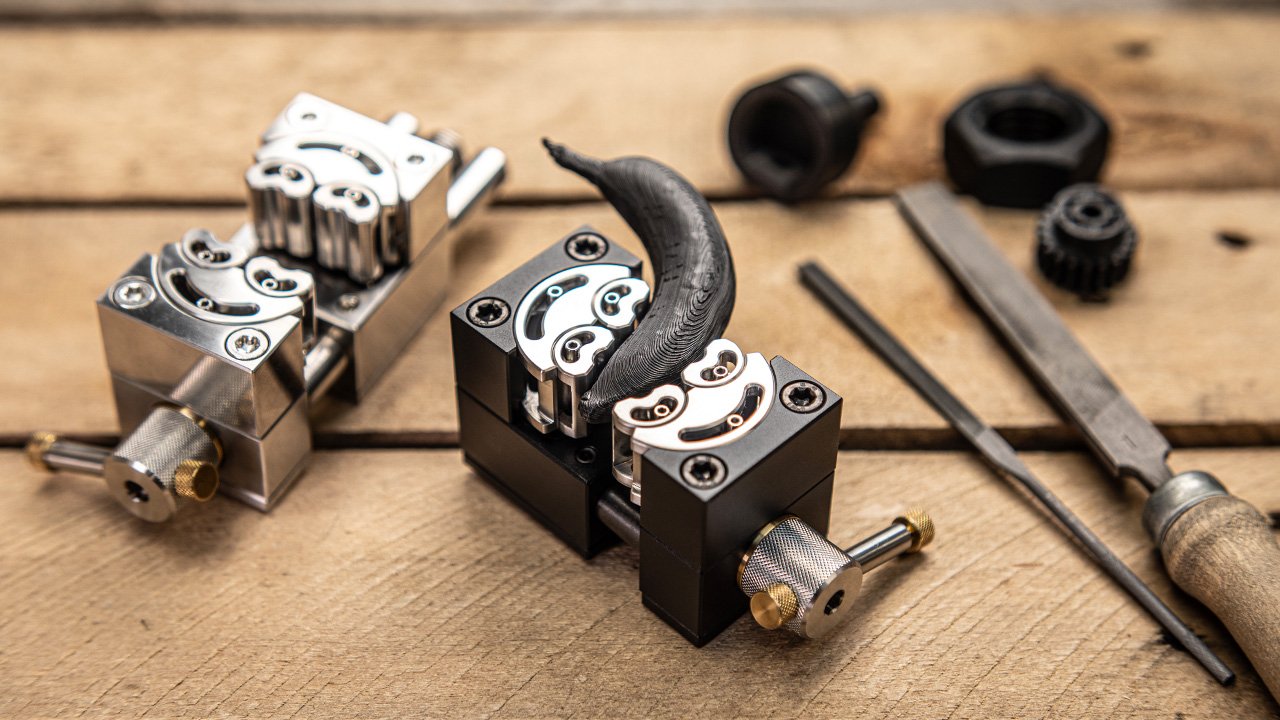

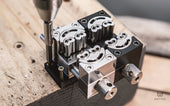
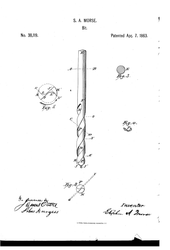


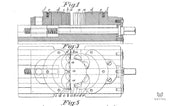
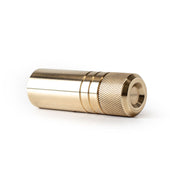
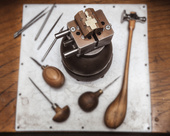




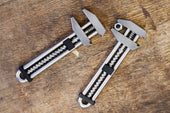

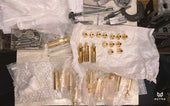
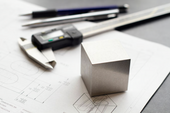
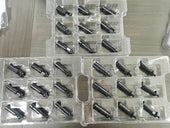



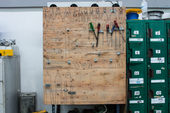
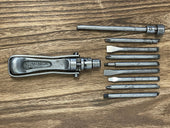
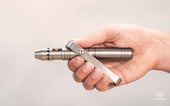


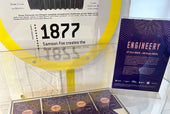

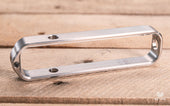
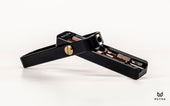


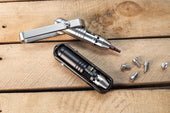

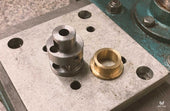
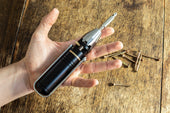
Share:
Innovation, Born From Danger!
History Repeating Itself